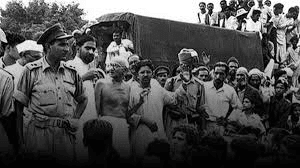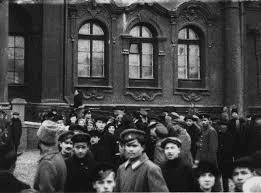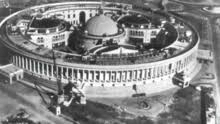|
True or False: The return of soldiers from the battlefields had no impact on the rural population in India. |
Card: 1 / 40 |
|
False. The return of soldiers from battlefields provided insights and experiences that influenced the rural population's awareness and readiness to protest. 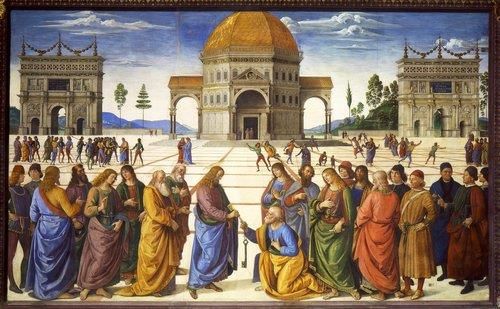 |
Card: 2 / 40 |
|
What was one major consequence of the economic situation in India after World War I? |
Card: 3 / 40 |
|
A significant increase in nationalist activity and a broad-based popular struggle against imperialism emerged. |
Card: 4 / 40 |
|
True or False: Increased foreign investment after the war had a universally positive effect on Indian industries. |
Card: 5 / 40 |
|
False. Increased foreign investment, coupled with a recession and rising prices, brought many industries to the brink of closure. |
Card: 6 / 40 |
|
What major shift in the Indian struggle against imperialism is noted after World War I? |
Card: 7 / 40 |
|
The struggle shifted towards a broad-based popular movement with the emergence of significant leadership. |
Card: 8 / 40 |
|
True or False: The Russian Revolution led to the establishment of the first capitalist state. |
Card: 9 / 40 |
|
False. The Russian Revolution led to the establishment of the first socialist state. 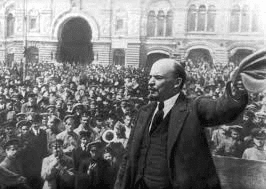 |
Card: 10 / 40 |
|
What was a significant outcome of the post-war period regarding nationalist movements in Asian and African countries? |
Card: 11 / 40 |
|
There was a surge in nationalist movements as people sought independence and self-rule. |
Card: 12 / 40 |
|
Fill in the blank: The October Revolution demonstrated that organized and determined people could challenge ___ rulers. |
Card: 13 / 40 |
|
What key principle did the Soviet Union promote regarding different nationalities? |
Card: 15 / 40 |
|
The Soviet Union promoted the principle of treating different nationalities equally. 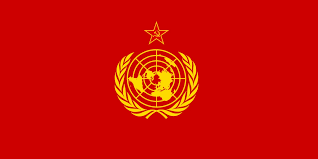 |
Card: 16 / 40 |
|
The Montagu-Chelmsford Reforms introduced the concept of ___ in provincial government. |
Card: 17 / 40 |
|
True or False: The Governor was responsible to the legislature for the administration of reserved subjects. |
Card: 19 / 40 |
|
False. The Governor was not responsible to the legislature for reserved subjects; only the ministers were responsible for transferred subjects. |
Card: 20 / 40 |
 Unlock all Flashcards with EduRev Infinity Plan Starting from @ ₹99 only
|
|
Fill in the blank: The subjects in the provincial government were divided into ‘reserved’ and ‘___’ subjects. |
Card: 21 / 40 |
|
What powers did the Secretary of State for India and the Governor-General have over reserved subjects? |
Card: 23 / 40 |
|
Fill in the blank: The Montagu-Chelmsford Reforms were officially enacted through the Government of India Act, ___ . |
Card: 25 / 40 |
|
What was the role of the Governor in the administration of transferred subjects? |
Card: 27 / 40 |
|
The Governor could take over the administration of transferred subjects in case of failure of constitutional machinery. |
Card: 28 / 40 |
|
The Government of India Act, 1919 expanded the provincial legislative councils, allowing ___ percent of the members to be elected. |
Card: 29 / 40 |
|
True or False: The governor-general had no control over reserved subjects in the provinces. |
Card: 31 / 40 |
|
False. The governor-general retained full control over the reserved subjects in the provinces. |
Card: 32 / 40 |
|
What was the tenure of the members of the Council of State as per the Government of India Act, 1919? |
Card: 33 / 40 |
|
Fill in the blank: The Secretary of State for India was to be paid out of the ___ exchequer after the Government of India Act, 1919. |
Card: 37 / 40 |
|
Explain why the franchise was considered very limited under the Government of India Act, 1919. |
Card: 39 / 40 |
|
The electorate for the central legislature was extended to only about one-and-a-half million people, which was minimal compared to India's population of around 260 million. |
Card: 40 / 40 |





